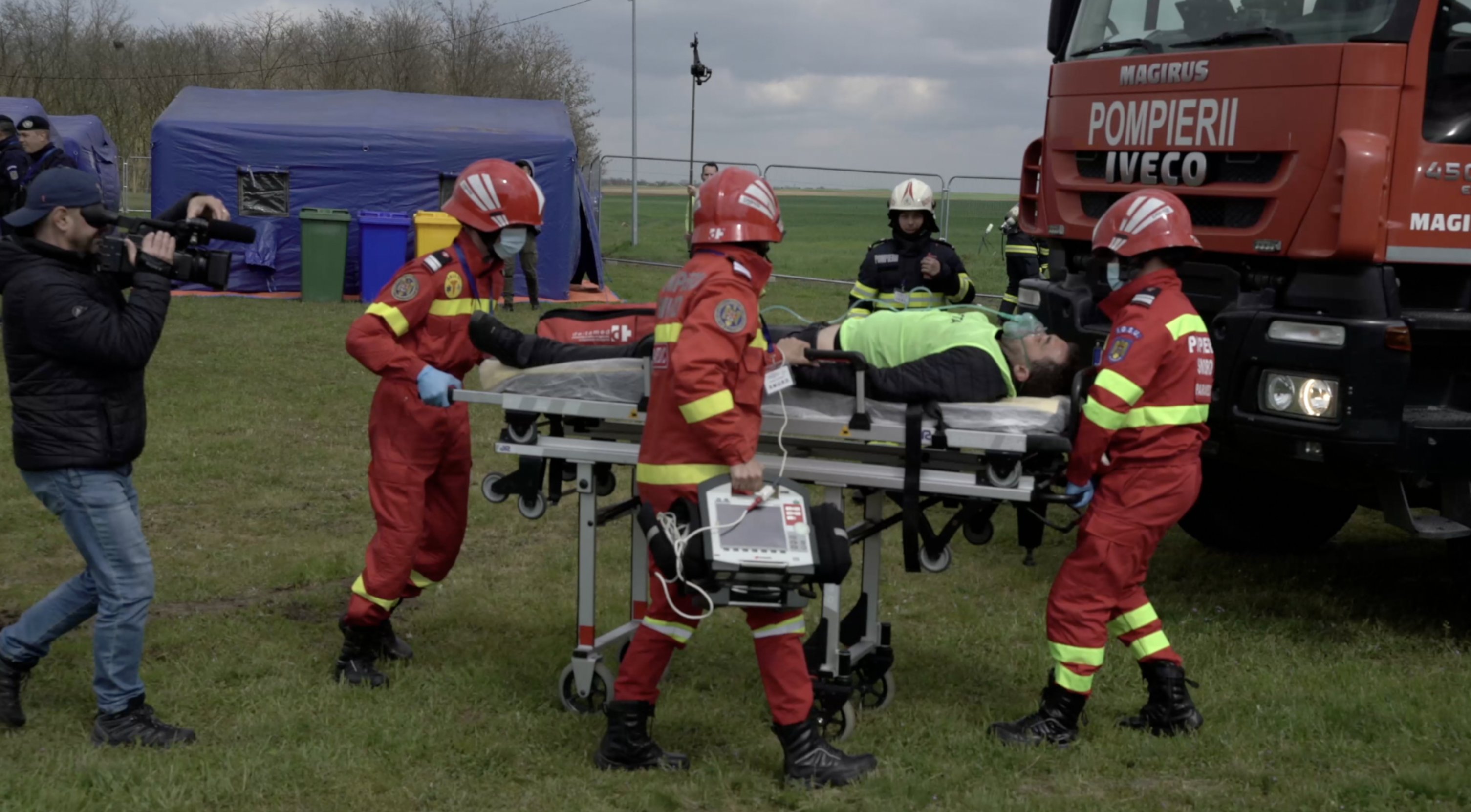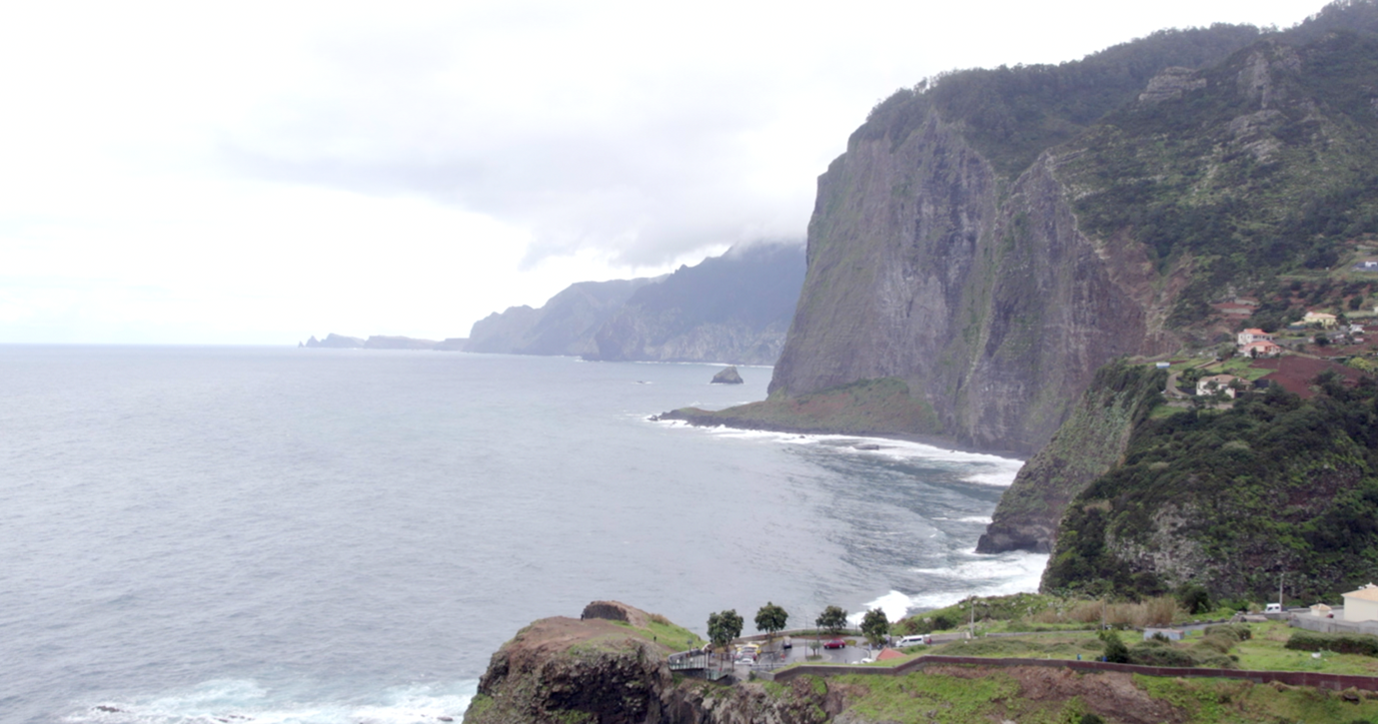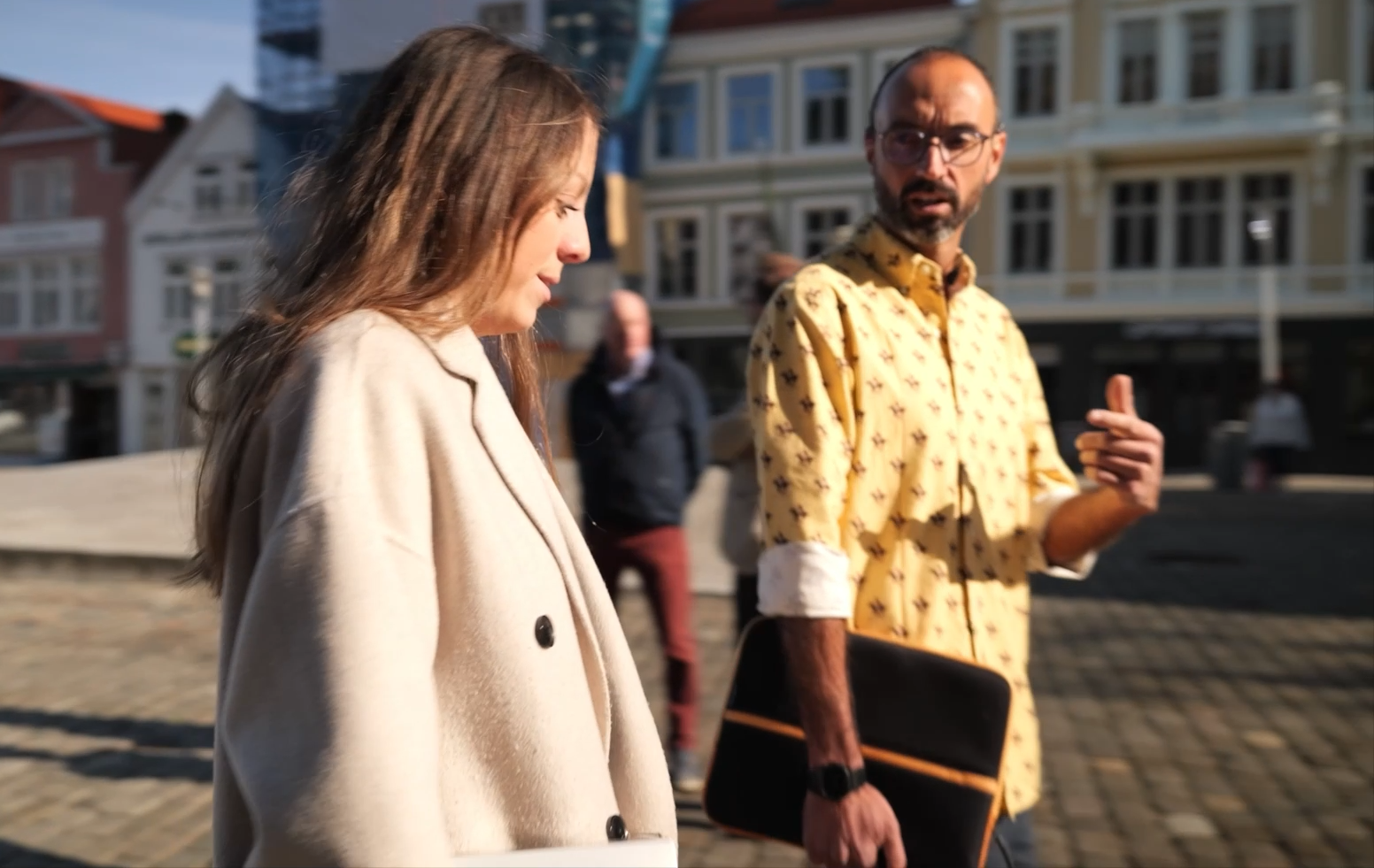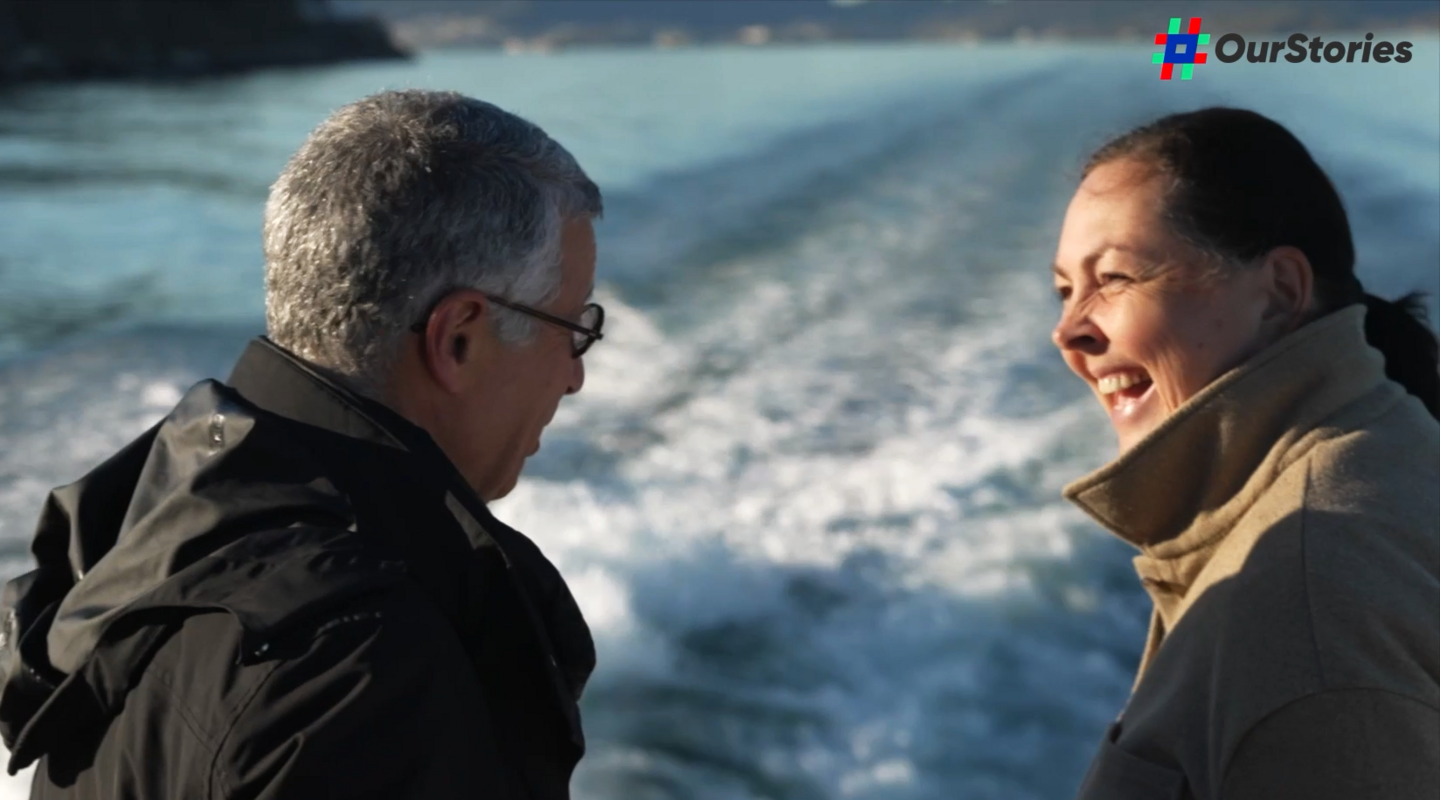What are bilateral relations?
Bilateral relations are essentially the interactions between two countries or organisations. These relations encompass diplomacy, trade, culture, education, and numerous other fields. They are the channels through which countries communicate, cooperate, and sometimes, even disagree. In the context of the EEA and Norway Grants, these relations signify the collaboration between Beneficiary and Donor States to foster mutual growth, strengthen democracy, and reduce social and economic disparities.
Bilateral relations are not limited to formal agreements and government initiatives. They extend to the human connections forged during these collaborations. It's about a Norwegian teacher sharing her knowledge with students in a Romanian school, or a Portuguese entrepreneur partnering with a business in Iceland to create green economic opportunities. It's the people-to-people connections that breathe life into these projects.


#OurStories
How do you find the thread that ties people‘s everyday lives together? It's easy to lose sight of the human element in international cooperation, but the EEA and Norway Grants serve as a powerful reminder that these bilateral projects are fundamentally about people. They are about bridging the gaps between cultures, nurturing innovative ideas, and enabling individuals to reach their full potential.
In an increasingly interconnected world, understanding the importance of these relations requires us to look beyond the numbers and delve into the heart of the matter—the stories of ordinary people who have had their lives transformed by these initiatives. This is the core of the #OurStories campaign, bringing the everyday impact of the EEA and Norway Grants closer to you.

Translating the numbers
The EEA and Norway Grants are funding more than 6,000 projects through 97 programmes. Forty per cent of the projects in the Benficiary states of the EEA and Norway Grants have had a partnership from one of the Donor states. 419 projects have a partner from Iceland, 29 have a partner from Liechtenstein, and 2,066 have a partner from Norway. Those have created thousands of connections based on working together for a common goal.
Some projects are globally just too big to tackle alone. Safeguarding our biosphere and protecting the Earth’s natural resources while taking good care of local heritage is an undertaking best dealt with in collaborative force. With support from the EEA and Norway Grants experts from the University of Bergen have been able to work with experts from Quaternaire Portugal, the Pedro Nunes Institute, Universidade Nova de Lisboa to assist local communities in managing their delicate UNESCO Biosphere projects. These partnerships have since continued to grow across Europe.
The cooperation across borders that this project offered was simply the opportunity we needed to learn and exchange best practices from other Biosphere Reserves. We are now partner in another project mapping possible new Biosphere Reserves all over the Nordic countries. Kari Evensen Natland, Coordinator, Nordhordaland UNESCO Biosphere

WOMEN4IT is another one of these projects based on valuable bilateral connections that were born to empower young women across Europe to enter the digital economy. Experts from European Centre for Women from Norway and DIGITALEUROPE contributed to implementing the project in Greece, Ireland, Latvia, Lithuania, Malta, Romania and Spain. The project concluded in 2023 with more than 900 women trained, seventy per cent of the women trained by WOMEN4IT gained full employment in STEM-related fields within 3 months of concluding the training.
We have a collective responsibility to make the tech sector more inclusive, and all actors have a role to play. But first and foremost – you can’t be what you can’t see. With more female role models out there, we can inspire a new generation of young women to become creators of technology. DIGITALEUROPE Director General Cecilia Bonefeld-Dahl

The EEA and Norway grants provide us with a huge pool of partnerships in many different sectors. They range from technological partners, cities, schools and also research institutes and universities. This is extreamly important to us because we can exchange ideas, but also exchange the best way forward, which are he best technologies to use and benefit from. João Dinis, Cascais municipality
The way forward
While the EEA and Norway Grants play an important role in fostering bilateral relations, it's important to remember that their success hinges on the dedication, innovation, and hard work of people on the ground. The grants provide the resources and the premise for cooperation, but it's the commitment and vision of individuals and communities that transform projects into successes.
In the end, bilateral relations are a reminder of the inspiring and down-to-earth truth that people working together can achieve so much more. Through #OurStories of collaboration and transformation, the EEA and Norway Grants exemplify the power of unity in diversity, showcasing how the simple thread of shared aspirations can weave a tapestry of positive change that transcends borders and nationalities.
So, the next time you hear about bilateral relations in relation to the EEA and Norway Grants, remember that they're not just diplomatic endeavours or economic agreements. They are stories of resilience, innovation, and humanity that celebrate the beautiful tapestry of our shared European community.
Learn more about these partnerships. Explore more of #OurStories for information and inspiring projects made possible by the EEA and Norway Grants.

This article is part of the #OurStories campaign. The campaign looks at the vast variety of inspirational stories of projects and connections made possible through the EEA and Norway Grants. We will be sharing these stories on this website through articles and videos published on social media and Youtube. More importantly, #OurStories is a platform for the thousands of project participants who have in one way or the other been involved in projects made possible by the EEA and Norway Grants.
Follow us on social media(@EEANorwayGrants) to stay up-to-date on #OurStories and find more stories here.
